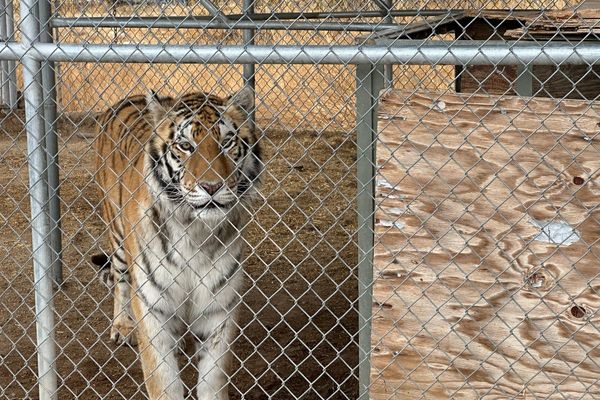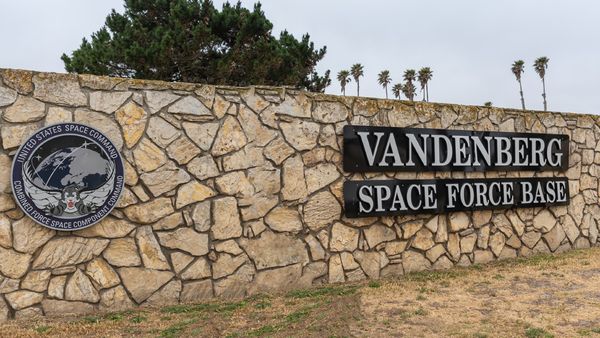Light fantastic ... the elusive aurora borealis. Photograph: M Scott Moon/AP
This week in our wonders of the world series we focus on nature. We have selected awe-inspiring sites that have graced our planet since long, long before the first shoots sprouted in the hanging gardens of Babylon or the pharaoh Khufu took his first steps. Most of our choice of wonders will be familiar to anyone who ever opened a school geography book: Mount Everest, the Grand Canyon and the Great Barrier Reef are places we can all visualise. But perhaps it's good to be reminded what splendid things they are.
Our selection, which echoes a list produced by CNN in 1997, includes a couple of wonders with which readers may be less familiar - the Paricutin volcano and the harbour at Rio de Janeiro may not be on many people's lists of "places to see before I die". Some European readers might have nominated the Giant's Causeway or the Norwegian fjords, for example.
The two lesser-known wonders also buck another trend on the list - the idea that inspirational has to be big. Most of these landmarks are on a grand scale. You have the world's highest mountain, the world's largest living organism and one of the world's biggest waterfalls, Victoria Falls. But how about a snowflake? Or a new born child? Are these less breathtaking than huge landscapes?
The natural wonders are spread across the world, causing a dilemma for anyone who wants to visit them. Tourism and its trappings - flights, car journeys, accommodation, even footsteps - are putting many of these natural landmarks at risk. The Great Barrier Reef is dying, Victoria Falls is under threat, and Everest is being covered with litter. If we want to protect these wonders for our grandchildren, we may just have to marvel at the photographs. Or look for alternative wonders closer to home.







